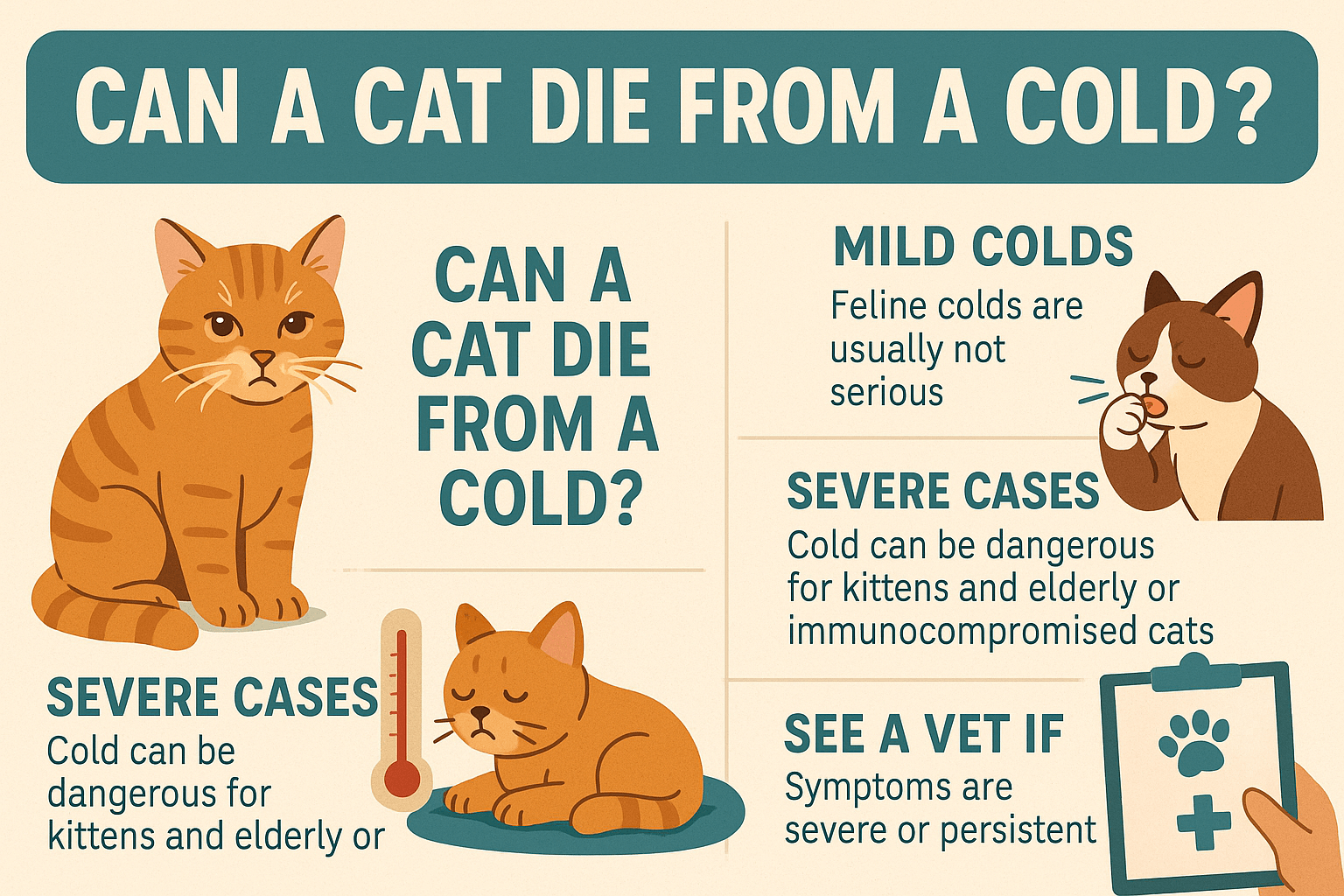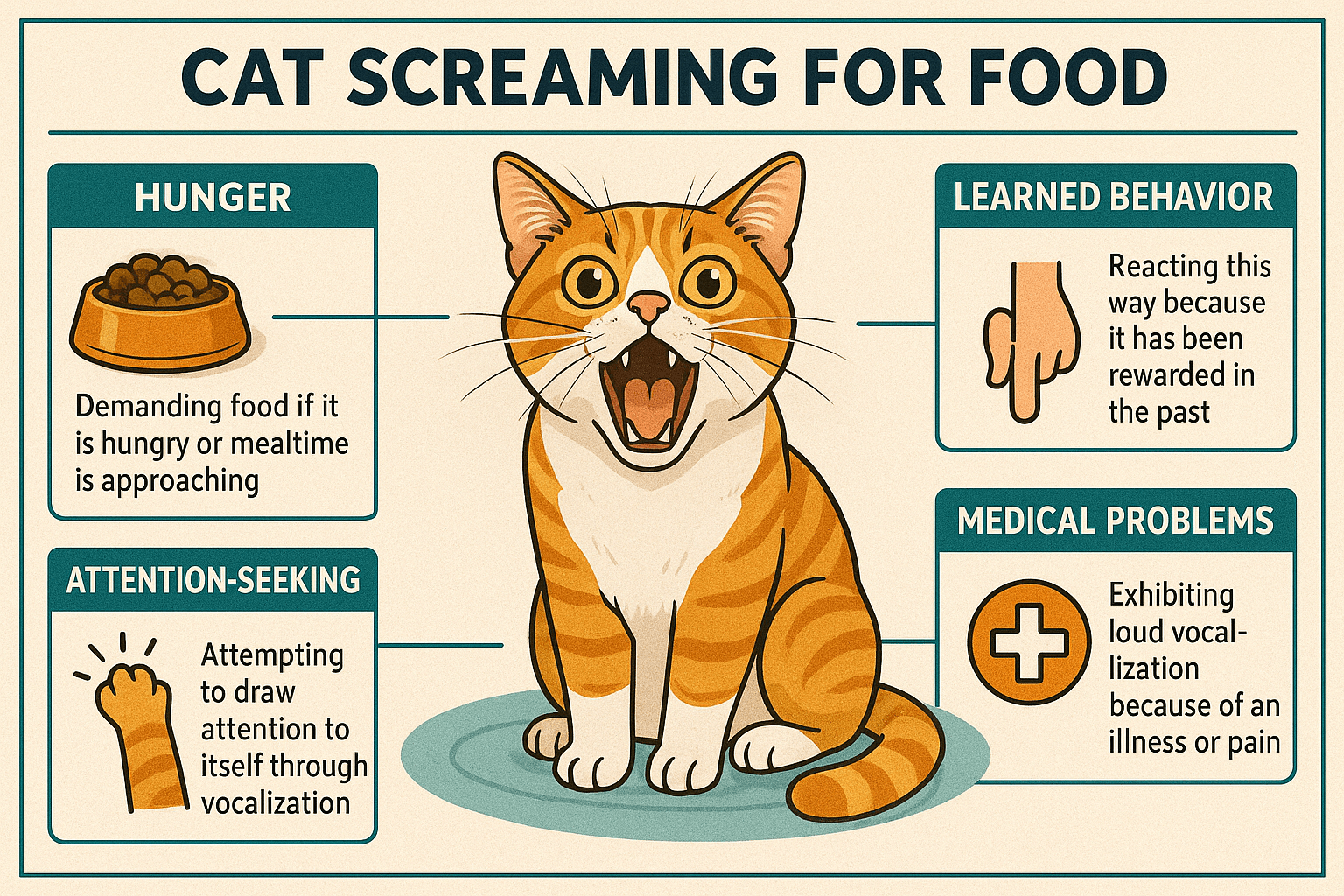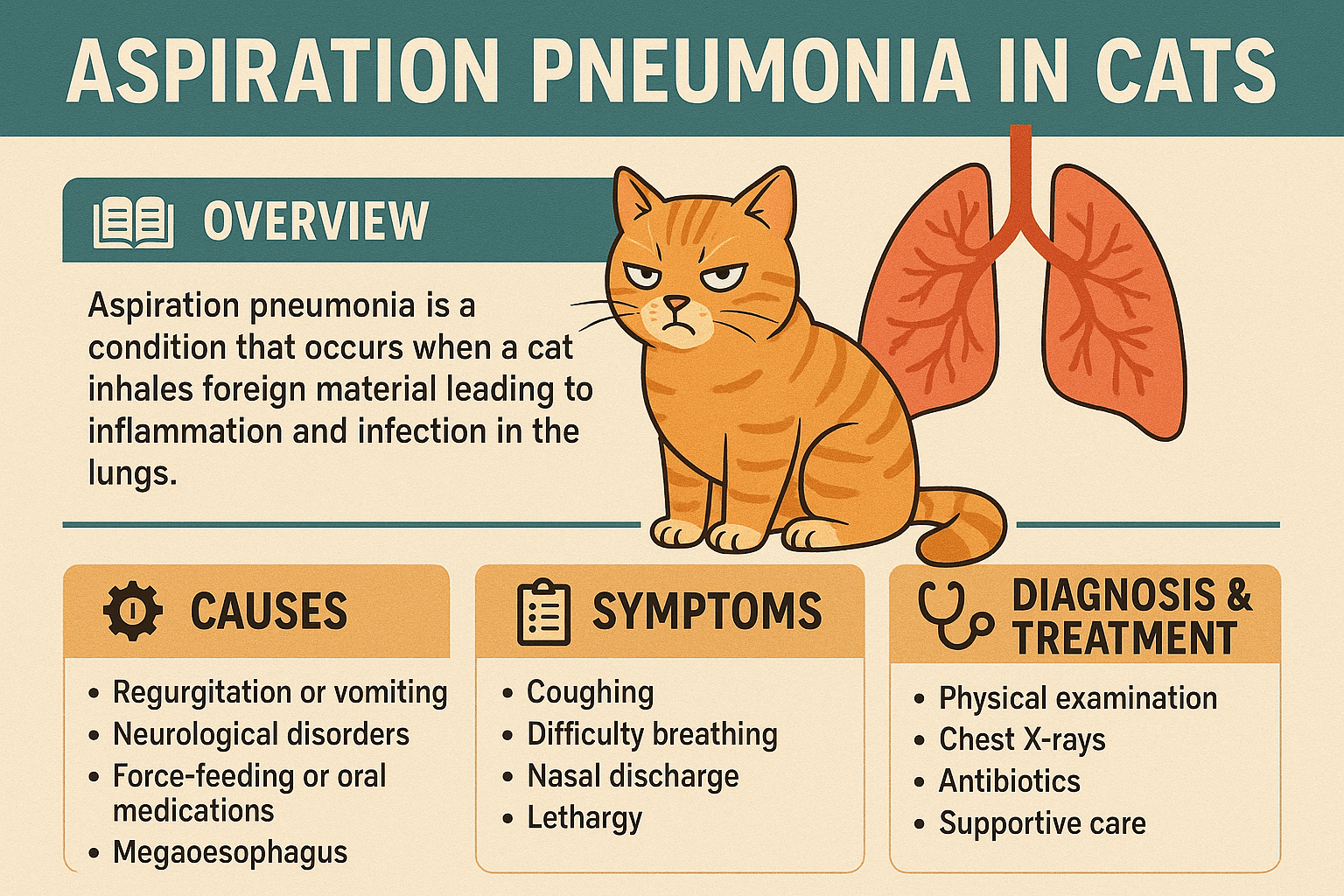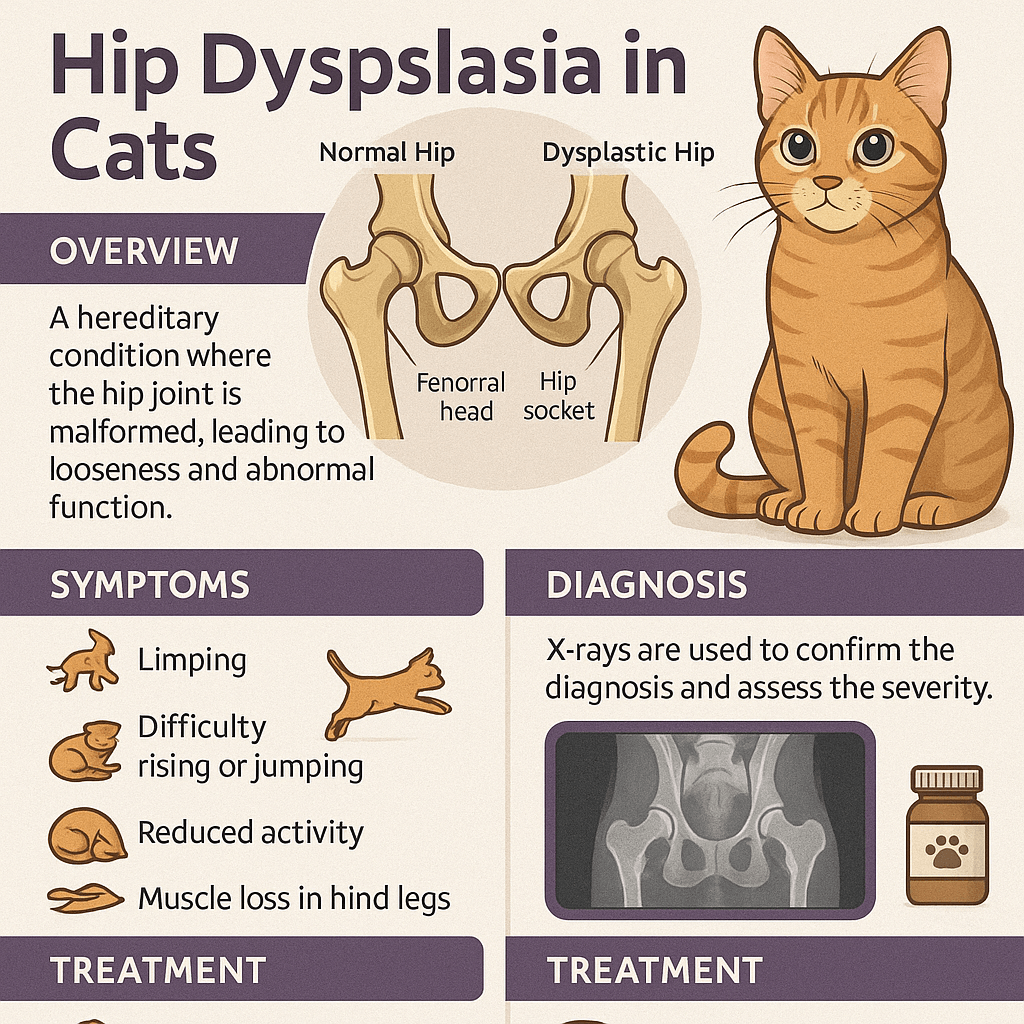Can Cats Eat Mint?
Mint is a popular herb known for its refreshing aroma and culinary uses, but can it be safely shared with our feline friends? Many cat owners wonder whether mint is safe for cats or if it poses any risks. While some herbs are harmless or even beneficial to cats, others can cause digestive upset or toxicity. Understanding how mint affects cats is crucial before introducing it into their diet or environment. In this blog post, we’ll explore everything you need to know about cats and mint, from potential benefits to precautions you should take. Let’s dive in and ensure your curious kitty stays happy and healthy!
Potential Benefits of Mint for Cats
While mint isn’t an essential part of a cat’s diet, it can offer some mild benefits when introduced carefully. Here’s what you need to know about the positive effects mint might have on your feline friend.
Aids Digestion:
Small amounts of mint may help soothe an upset stomach or reduce gas in cats, thanks to its natural properties.Freshens Breath:
The aromatic compounds in mint can temporarily freshen your cat’s breath, making cuddle time more pleasant.Encourages Playfulness:
Some cats are attracted to the scent of mint and may enjoy rolling or rubbing against it, providing mental stimulation.Repels Pests:
Mint has natural insect-repellent qualities, which can help keep fleas and mosquitoes away from your cat’s environment.Safe for Occasional Use:
When given in moderation, mint is generally non-toxic and can be a fun sensory experience for curious cats.
While these benefits exist, it’s important to introduce mint cautiously and monitor your cat’s reaction to ensure safety.
Risks of Feeding Mint to Cats
Although mint can be safe in small amounts, there are potential risks associated with feeding it to your cat. Being aware of these dangers will help you make informed decisions.
Upset Stomach:
Consuming too much mint can lead to vomiting, diarrhea, or other digestive issues in cats.Toxic Varieties:
Certain types of mint, such as pennyroyal mint, are toxic to cats and should be avoided entirely.Allergic Reactions:
Some cats may develop skin irritation or respiratory discomfort after exposure to mint oils or extracts.Interference with Medications:
Mint contains compounds that could interact with certain medications your cat may be taking, so consult your vet first.Overconsumption Risks:
Eating large quantities of mint can overwhelm a cat’s system, leading to lethargy or other adverse effects.
Understanding these risks ensures you prioritize your cat’s health while exploring the use of mint.
Check this guide 👉Can Cats Eat Dog Treats? Best 7 Expert Tips!
Check this guide 👉Can Cats Eat Oranges? Best 7 Expert Tips!
Check this guide 👉Can Cats Eat Sea Salt? Best 7 Expert Tips!

Safe Uses of Mint Around Cats | Unsafe Practices Involving Mint |
|---|---|
Growing cat-safe mint varieties indoors | Using pennyroyal mint near your cat |
Using diluted mint oil as a pest repellent | Applying undiluted mint oil on your cat |
Offering tiny amounts of fresh mint leaves | Feeding mint-flavored human foods |
Incorporating mint into homemade toys | Adding mint to your cat’s regular diet |
Using mint-scented sprays in moderation | Overusing mint products in the home |
How to Safely Introduce Mint to Your Cat
If you decide to let your cat interact with mint, it’s essential to do so responsibly. Follow these guidelines to minimize risks and ensure a positive experience.
Choose Cat-Safe Varieties:
Stick to common mint varieties like spearmint or peppermint, avoiding toxic species like pennyroyal.Offer in Moderation:
Limit exposure to small amounts of fresh mint leaves or diluted mint scents to prevent overconsumption.Monitor Reactions:
Watch for signs of discomfort, such as coughing, sneezing, or digestive upset, after introducing mint.Avoid Essential Oils:
Never apply concentrated mint oils directly to your cat’s skin or fur, as they can be harmful if ingested.Consult Your Veterinarian:
Always seek professional advice before introducing new herbs or scents into your cat’s environment.
By following these tips, you can safely incorporate mint into your cat’s life without compromising their well-being.
Signs Your Cat May Be Sensitive to Mint
Some cats may react negatively to mint, even in small amounts. Recognizing these signs early allows you to act quickly and protect your cat’s health.
Excessive Drooling:
Drooling can indicate irritation or nausea caused by exposure to mint.Skin Irritation:
Redness, itching, or swelling may occur if your cat comes into contact with mint oils or extracts.Lethargy or Weakness:
Overexposure to mint can leave your cat feeling unusually tired or unresponsive.Vomiting or Diarrhea:
Digestive distress is a common sign that your cat has consumed too much mint.Difficulty Breathing:
In rare cases, mint allergies or toxicity can cause respiratory issues requiring immediate attention.
Being vigilant about these symptoms ensures you address any problems promptly and keep your cat safe.
Common Mistakes to Avoid When Using Mint Around Cats
When incorporating mint into your home or routine, it’s easy to make mistakes that could harm your cat. Avoiding these common errors ensures a safer environment.
Using Pennyroyal Mint:
This variety is highly toxic to cats and should never be used in their presence.Applying Undiluted Oils:
Concentrated mint oils can irritate your cat’s skin or respiratory system if misused.Leaving Mint Plants Unattended:
Curious cats may chew on mint leaves excessively, leading to digestive issues.Overusing Mint Products:
Excessive use of mint-scented sprays or cleaners can overwhelm your cat’s sensitive senses.Ignoring Allergic Reactions:
Failing to recognize signs of sensitivity can escalate minor issues into serious health concerns.
By steering clear of these mistakes, you can protect your cat while enjoying the benefits of mint responsibly.
Alternatives to Mint for Cats
If you’re concerned about using mint around your cat, there are plenty of safe alternatives that offer similar benefits.
Catnip:
A favorite among felines, catnip provides mental stimulation and relaxation without posing any risks.Lavender (Diluted):
Known for its calming properties, lavender can be used sparingly as a natural stress reliever for cats.Chamomile:
This herb promotes relaxation and can help soothe digestive issues in small amounts.Basil Leaves:
Safe for cats, basil has a mild scent and flavor that some felines enjoy exploring.Homemade Toys:
Create interactive toys infused with cat-safe scents instead of relying on mint-based products.
These alternatives allow you to cater to your cat’s needs without introducing potentially harmful substances.
Fun Ways to Include Mint Responsibly
If you’d like to incorporate mint into your cat’s life safely, here are some creative ideas to try.
DIY Mint-Scented Toys:
Stuff fabric toys with dried mint leaves for a stimulating sensory experience.Homemade Pest Repellents:
Mix diluted mint oil with water to create a spray that repels insects without harming your cat.Herb Garden Exploration:
Grow a small indoor garden with cat-safe herbs, including mint, for your cat to sniff and nibble on occasionally.Seasonal Decorations:
Use fresh mint sprigs in holiday decorations, keeping them out of reach to prevent overconsumption.Training Rewards:
Pair the introduction of mint with positive reinforcement, like treats or praise, to create a fun association.
These activities allow your cat to enjoy the sensory appeal of mint while staying safe and engaged.
Frequently Asked Questions About Cats and Mint
Is mint toxic to cats?
Most mint varieties are not toxic, but some, like pennyroyal, can be harmful. Always research before exposing your cat to mint.
Can I grow mint plants around my cat?
Yes, growing cat-safe mint varieties indoors is fine as long as your cat doesn’t consume large amounts.
What should I do if my cat eats mint?
Monitor your cat closely for adverse reactions and contact your vet if symptoms persist.
Are mint-scented products safe for cats?
Avoid using concentrated mint-scented sprays or oils near your cat, as they can cause irritation or toxicity.
Why does my cat love the smell of mint?
Some cats are naturally drawn to the scent of mint due to its strong aroma, which stimulates their senses.
Prioritizing Your Cat’s Safety Around Mint
While mint can provide mild benefits and sensory enjoyment for cats, it’s crucial to approach its use with caution. By understanding the potential risks and taking preventive measures, you can ensure your cat remains safe and healthy. Remember, every cat is unique—what works for one may not suit another. Always prioritize moderation, supervision, and professional guidance when introducing new elements like mint into your cat’s life. With care and attention, you can create a harmonious environment where your feline companion thrives.
Can a Cat Die from a Cold? Best 7 Expert Tips! Learn how to identify, treat, and prevent feline colds while understanding when to seek veterinary care for your cat’s health.
Cat Screaming for Food: Best 7 Expert Tips! Discover effective strategies to manage your cat's food-related vocalizations and create a peaceful feeding routine.
Aspiration Pneumonia in Cats: Best 7 Expert Tips! Discover causes, symptoms, and treatment advice to protect your cat’s respiratory health and ensure a speedy recovery.
Hip Dysplasia in Cats: Best 7 Expert Tips! Discover expert advice on managing hip dysplasia in cats, from symptoms and prevention to treatment options for a happier, healthier feline life.




